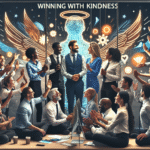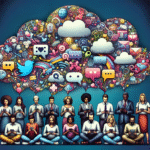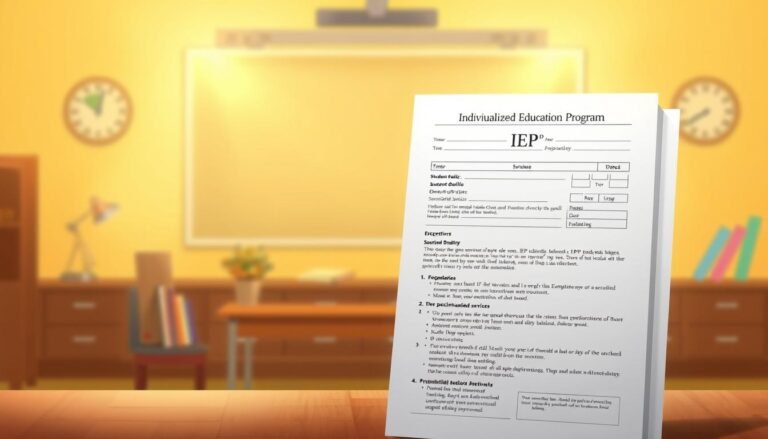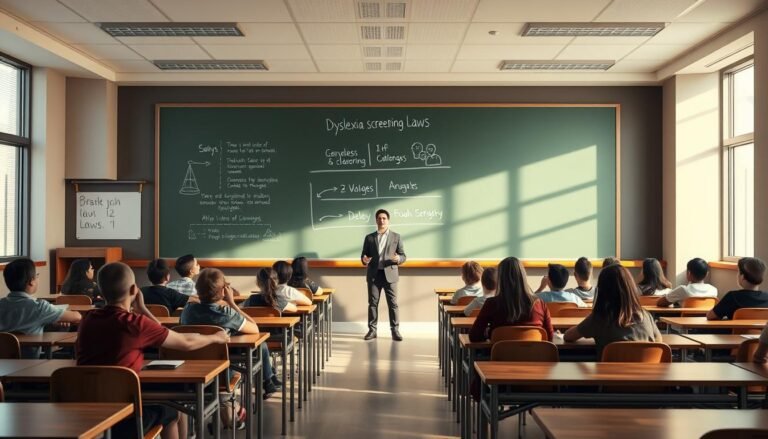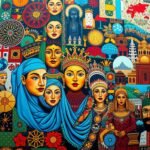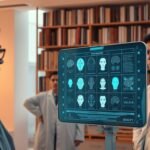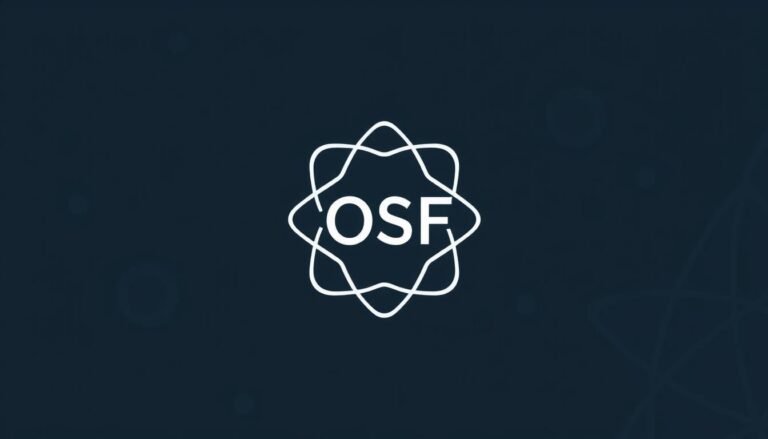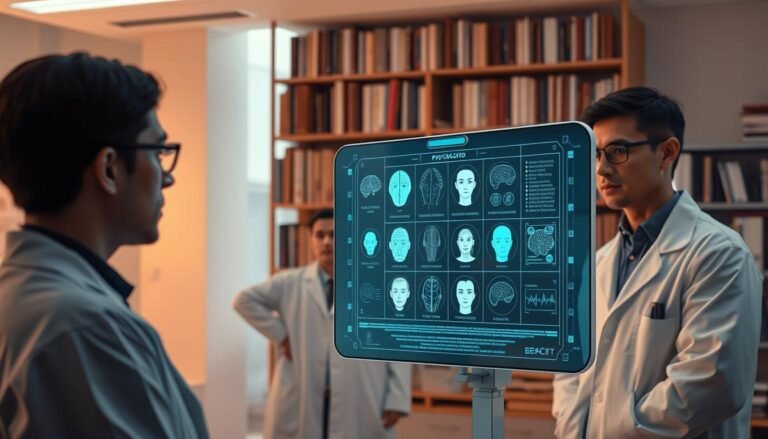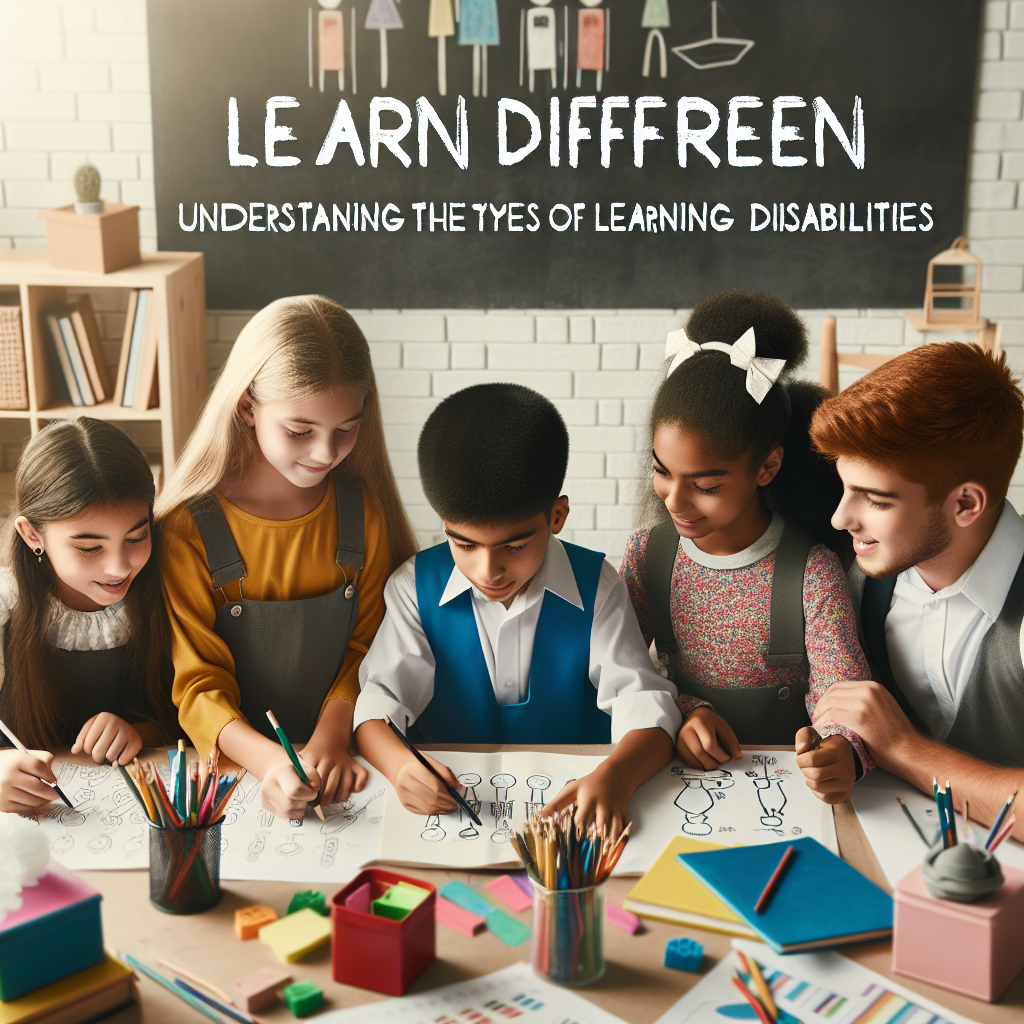
Learn Different, Succeed Together: Understanding the Types of Learning Disabilities for a Brighter Future
Introduction
In a world that values innovation and creativity, the term "learning disabilities" may seem like a barrier to some, but it’s essential to understand that these challenges can be pathways to unique strengths. Each child has a distinctive way of absorbing information, and recognizing this diversity is crucial for fostering an environment where everyone can thrive. Learn Different, Succeed Together: Understanding the Types of Learning Disabilities is not just a catchy phrase; it’s a call to action that advocates for acceptance, tailored education, and collective growth.
With approximately 1 in 5 children experiencing some form of learning disability, the need for awareness, understanding, and effective strategies has never been more pressing. This article delves deep into the various types of learning disabilities, offering insights, case studies, and practical advice for parents, teachers, and communities. Together, we can ensure that every individual learns differently and succeeds together.
Understanding Learning Disabilities
What Are Learning Disabilities?
Learning disabilities (LD) are neurological disorders that affect how individuals process, understand, or communicate information. They are not indicative of a person’s intelligence or potential. Instead, they highlight the diverse ways in which different brains work. It’s crucial for society to embrace this diversity so that no one is left behind.
Types of Learning Disabilities
Dyslexia
- Characteristics: Difficulty with reading, spelling, and writing.
- Real-World Impact: Children with dyslexia often have strong oral skills but struggle with the written word.
- Case Study: Sarah, a 10-year-old girl diagnosed with dyslexia, found joy in storytelling. With tailored reading support and confidence-building exercises, she not only improved her reading skills but also won a school storytelling contest.
Dysgraphia
- Characteristics: Challenges with handwriting, spelling, and organizing thoughts on paper.
- Real-World Impact: A student may have brilliant ideas but find it hard to express them in writing.
- Case Study: Jake, a high school student with dysgraphia, excelled in technology. With the use of speech-to-text software, he transformed his essays and regained his confidence, ultimately earning a scholarship for his tech innovations.
Dyscalculia
- Characteristics: Difficulty with number-related concepts and math operations.
- Real-World Impact: This can affect day-to-day activities like budgeting or telling time.
- Case Study: Emma struggled with math throughout her early education. By incorporating visual aids and hands-on activities, her teacher helped her grasp mathematical concepts, resulting in a dramatic increase in her math scores.
Non-Verbal Learning Disabilities (NVLD)
- Characteristics: Strength in verbal skills but challenges in visual-spatial, motor coordination, and social skills.
- Real-World Impact: A child might excel in reading but struggle with interpreting body language and social cues.
- Case Study: Mark, diagnosed with NVLD, struggled with friendships. By participating in social skills groups, he learned to navigate social situations better, leading to lasting friendships.
- Auditory Processing Disorder (APD)
- Characteristics: Difficulty in processing auditory information, hindering listening skills.
- Real-World Impact: A child may hear speech but struggle to understand or interpret what is said.
- Case Study: Anna found it hard to follow instructions in class due to her auditory processing challenges. With targeted auditory training and classroom accommodations, her comprehension improved significantly, and she became an active class participant.
How Learning Disabilities Affect Learning
Children with learning disabilities often feel misunderstood. Academic experiences can be frustrating, leading to low self-esteem and anxiety. Teaching professionals and parents must create supportive environments where these children can harness their unique strengths.
| Type of Learning Disability | Characteristics | Support Strategies |
|---|---|---|
| Dyslexia | Reading, writing difficulties | Structured literacy programs |
| Dysgraphia | Handwriting, spelling issues | Digital tools, graphic organizers |
| Dyscalculia | Math struggles | Visual aids, interactive games |
| NVLD | Social cues challenges | Social skills training, role-playing |
| APD | Auditory comprehension | Use of visual aids, note-taking assistance |
The Power of Tailored Approaches
Understanding learning disabilities is just the first step; taking the necessary actions to support children is where the magic happens. Learn Different, Succeed Together: Understanding the Types of Learning Disabilities empowers educators and parents to create personalized learning plans.
The Role of Parents and Educators
Active Collaboration: Parents, teachers, and specialists should work together, exchanging insights and strategies to support the child.
Adaptive Learning Strategies: Techniques should be adjusted according to the child’s specific needs. For example, a child with dyslexia may benefit from phonics-based learning, while a child with dyscalculia may excel with visual representations of math concepts.
Encouraging Growth Mindset: Celebrating small achievements boosts confidence. Fostering a growth mindset helps children understand that challenges can be overcome.
- Utilizing Technology: Diverse learning tools, including instructional apps and digital platforms, can significantly aid in the learning experience.
Encouraging Peer Support
Both classroom and community environments should foster inclusivity. Peer assistance can be invaluable. Pairing students for collaborative projects can boost social skills and alleviate feelings of isolation.
Case Study: In a mixed-ability classroom, a student with dyslexia partnered with a peer to work on a group project. This arrangement resulted in peer learning, where the child with dyslexia improved their skills while the partner enhanced their understanding of empathy and collaboration.
Insights from Successful Individuals
Many renowned figures have overcome learning disabilities and achieved great success. Highlighting these success stories can serve as motivation.
- Albert Einstein: Faced challenges in a traditional learning environment due to his unique thinking style.
- Agatha Christie: Dysgraphia made writing difficult, yet she became one of the best-selling novelists in history.
- Cher: Overcame significant challenges with dyslexia to become a successful singer and actress.
Learning Disabilities in the Workplace
Understanding learning disabilities extends beyond the classroom. In workplaces, accommodating individuals with learning disabilities can lead to improvements in productivity, job satisfaction, and innovation.
Case Study: A tech company initiated a mentorship program for employees with learning disabilities. By fostering understanding and providing tools for success, the company saw an increase in diverse problem-solving approaches, which led to innovative product designs.
Conclusion
The mantra Learn Different, Succeed Together: Understanding the Types of Learning Disabilities encapsulates the essence of what our society should strive for—a community where differences are not just accepted but celebrated. Understanding the types of learning disabilities empowers us to embrace the diverse potentials of every individual.
Motivational Takeaway
Every child has the right to learn in a manner that aligns with their unique brain wiring. Together, we can create an environment of awareness, respect, and support for those with learning disabilities, ensuring that they not only learn differently but succeed together.
FAQs
Q1: What are some signs that a child may have a learning disability?
A: Difficulty with reading, writing, math, attention, and social interactions may indicate a learning disability.
Q2: Can learning disabilities be diagnosed?
A: Yes, professionals can carry out assessments to diagnose learning disabilities and recommend tailored support strategies.
Q3: How can I support my child at home?
A: Create a supportive learning environment, use adaptive technology, and celebrate Achievements, no matter how small.
Q4: What resources are available for parents of children with learning disabilities?
A: Numerous organizations offer resources, including the Learning Disabilities Association of America (LDA) and Understood.org.
Q5: Do learning disabilities change over time?
A: With the right support, children can learn to manage their disabilities effectively, and some may even outgrow certain challenges.
Q6: Are there any effective teaching methods for children with learning disabilities?
A: Yes, multi-sensory approaches, structured literacy, and consistent routines are among effective teaching strategies.
By fostering an environment of understanding and collaboration, we can ensure that every child faces their challenges with resilience and determination. Let us join in the movement to Learn Different, Succeed Together!


